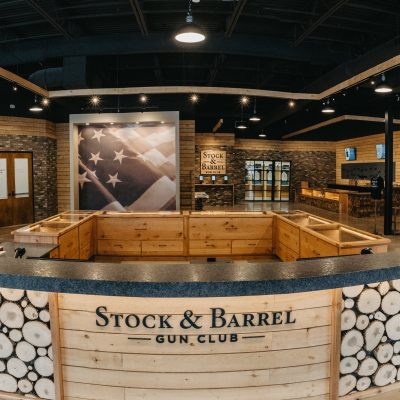There are fewer parts of the shooting experience more personalized than the trigger press. Understanding the differences in triggers will help you find the right one for your use and firearm platform. Everyone has their preferences on what an “ideal” trigger feels like – a metric that is inherently subjective and difficult to quantify. For those just starting out on their shooting journey, good triggers can greatly reduce the learning curve to proficiency. For the experienced shooter, they can ensure consistent repeatability at all times, under all conditions, enhancing their ability to make critical shots under adverse conditions or push the limits of personal performance. The trigger press is also the last interaction a shooter has with their firearms before the bullet leaves the barrel. It’s their last opportunity to influence the bullet’s final destination before ballistics and gravity take over, nullifying intentions and skill level. But what makes a “good” trigger? While part of that question will ultimately rest on the shooter’s own biases and preferences, understanding how triggers work is the first step to arriving at an answer rooted in both subjective feel and quantifiable characteristics.
STAGES OF TRIGGER PRESS
The feel of the trigger press can be broken into three stages: pre-travel (sometimes referred to as take-up), the break, and over-travel. Pre-travel is the “slack” you feel in the very first part of the trigger press. Pre-travel requires very little pressure to push through and can feel vaguely springy or spongey. It could be argued that two-stage rifle triggers have pre-travel built into them, which we’ll discuss in a moment.
Pre-travel describes the amount of distance the trigger travels before you reach “the wall”, which is where you feel hard resistance in your finger. This resistance comes from the trigger reaching the end of its pre-travel right before it trips the sear or releases the striker. The type of trigger and type of firearm in question will dictate how the wall feels. A striker-fired handgun will have a softer wall – because the trigger is compressing, then releasing, a spring. For hammer-fired handguns and rifles, the wall will feel much harder since it is tripping a sear which drops a hammer. This is the reason that 1911-style pistols are often vaunted for their trigger press, since hammer-fired pistol firearms have a harder, more predictable wall. The 1911 also has a sliding trigger which moves straight to the rear as opposed to a pivoting trigger that swings on an arc throughout the press. Once you “break” the wall, the gun goes off. This is the absolute last instance in which you can provide direct feedback into the gun. Once the wall breaks, the firing cycle begins, and the mechanical movements of semi-auto firearms are essentially on auto-pilot until the cycle is complete.
PULL WEIGHT
When you hear talk of trigger pull-weight, that number is typically referring to the amount of pressure required to break the wall. In two-stage triggers, that number is broken down by stage. For example, let’s say a single-stage trigger is rated at a 4-pound break. That is 4 pounds once you’ve hit the wall. You may have a pre-travel distance ranging from a couple of millimeters to an eighth-of-an-inch, but since the amount of pressure required to move the trigger that distance is nearly imperceptible, it’s not accounted for in the pull weight. However, a two-stage trigger with the same 4-pound pull weight will typically be rated for something like a 2.5-pound first stage, at which point you hit the wall, followed by a 1.5-pound second stage to break the wall.
TRIGGER TRAVEL
It should also be noted that some triggers are specifically designed to not have a hard, tactile wall. The Geissele Super 3-Gun trigger is a great example of this. That trigger is engineered for a smooth, consistent press with no set break. Double-action handgun triggers are another example of triggers without walls. You simply apply gradual pressure throughout the distance of the trigger’s travel, with that pressure “dropping off” or being suddenly relieved as the hammer falls. That gradual build-up of pressure over the course of the entire trigger press is sometimes referred to as “stacking”. Stacking feels less like a smooth gradual trigger press and more like several false walls as the pressure builds unevenly – think of stacking like walking up a flight of stairs when you’d rather be walking up a paved hill.
Any distance the trigger travels beyond this point is classified as over-travel. While not inherently bad, an excessive amount of over-travel will lengthen the reset. Reset is the distance the trigger has to travel to get back to the wall after the gun has fired. This is not letting the trigger all the way back out to its full rest position, but just far enough to be able to break another shot. Most modern firearm triggers have both an audible and tactile click at the point of reset, letting you know that you’re able to fire the next shot. A large amount of over-travel usually translates to a longer reset distance, which could make it a little hard to get fast follow-up shots. Or, at least, require a little more effort to get those follow-ups quickly. On a two-stage trigger, reset is letting the trigger out far enough to reset the second stage, but not the first stage.
All of these components of the overall trigger press are what will help you decide your preferences and what you feel is the best trigger for you based on application. Long-distance rifle shooters sometimes prefer two-stage triggers, as they can take up the first stage then do one final sight confirmation or half-breath before breaking the shot to ensure maximum precision. Action competition shooters may prefer a single-stage trigger with minimal pre-travel and a lighter break, because their use case puts a premium on firing multiple shots very quickly. Only you can figure out what works best for you, but understanding how to properly feel your way through any trigger press is a key starting point to determining the shooting experience you most prefer.
OTHER BLOGS YOU WILL FIND OF INTEREST:
- Benefits Of Training In A Shooting Simulator
- Firearms Training; A Journey Not A Destination
- Firearms Maintenance
CLASSES YOU MAY BE INTERESTED IN:
- Ar15 Maintenance in Chanhassen and Eagan
- Clearing Handgun Malfunctions in Chanhassen and Eagan
- Intermediate Handgun Shooting Skills in Chanhassen and Eagan





